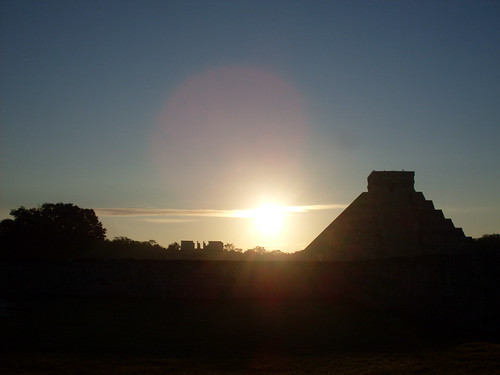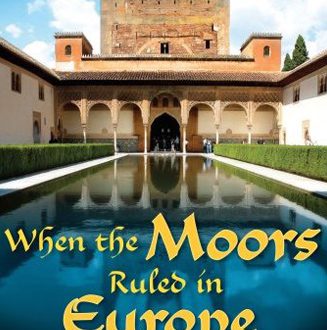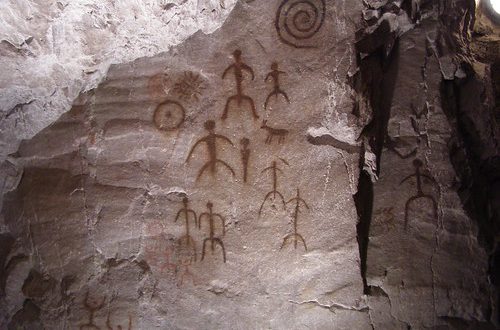New research suggests the giant step pyramids of the ancient Mayas may in fact have been used to make music on a colossal scale. Experts were already aware of the ‘raindrop’ sounds made by the footsteps of those ascending Chichen Itza‘s famous El Castillo pyramid. Yet the comparison of El Castillo’s sonic phenomenon with another of Mexico‘s Maya structures has led two scholars to conclude that creating ‘rain music’ was the pyramids’ main function.
Jorge Cruz of the Professional School of Mechanical and Electrical Engineering in Mexico City and Nico Declercq of the Georgia Institute of Technology, USA compared the frequencies of sounds made by visitors walking up both the hollow, even-stepped El Castillo on the Yucutan Peninsula and the solid, uneven steps of Teotihuacan‘s Moon Pyramid in Mexico City. Both recorded startlingly similar frequencies, suggesting that the ‘music’ is not as a result of El Castillo’s hollowness but of sound waves travelling through the steps and being diffracted.
Cruz believes that his research shows the pyramids were in fact built to honour the rain god Chaac, contrary to wide-held belief they were constructed in honour of the feathered serpent god Kukulcan. A mask of Chaac can indeed be found at the summits of El Castillo and the Moon Pyramid. “The Mexican pyramids, with some imagination, can be considered musical instruments dating back to the Mayan civilization,” says Cruz – while noting a lack of evidence as to whether the Mayas actually ‘played’ them.
It’s hard to keep the mysterious Maya away from the spotlight recently:not only has an entire new city been found in the region of Kiuic, but the abandoned city of Pacal the Great‘s Palenque has been brought to the web in a new online experience reminiscent of Heritage Key’s own King Tut Virtual.




